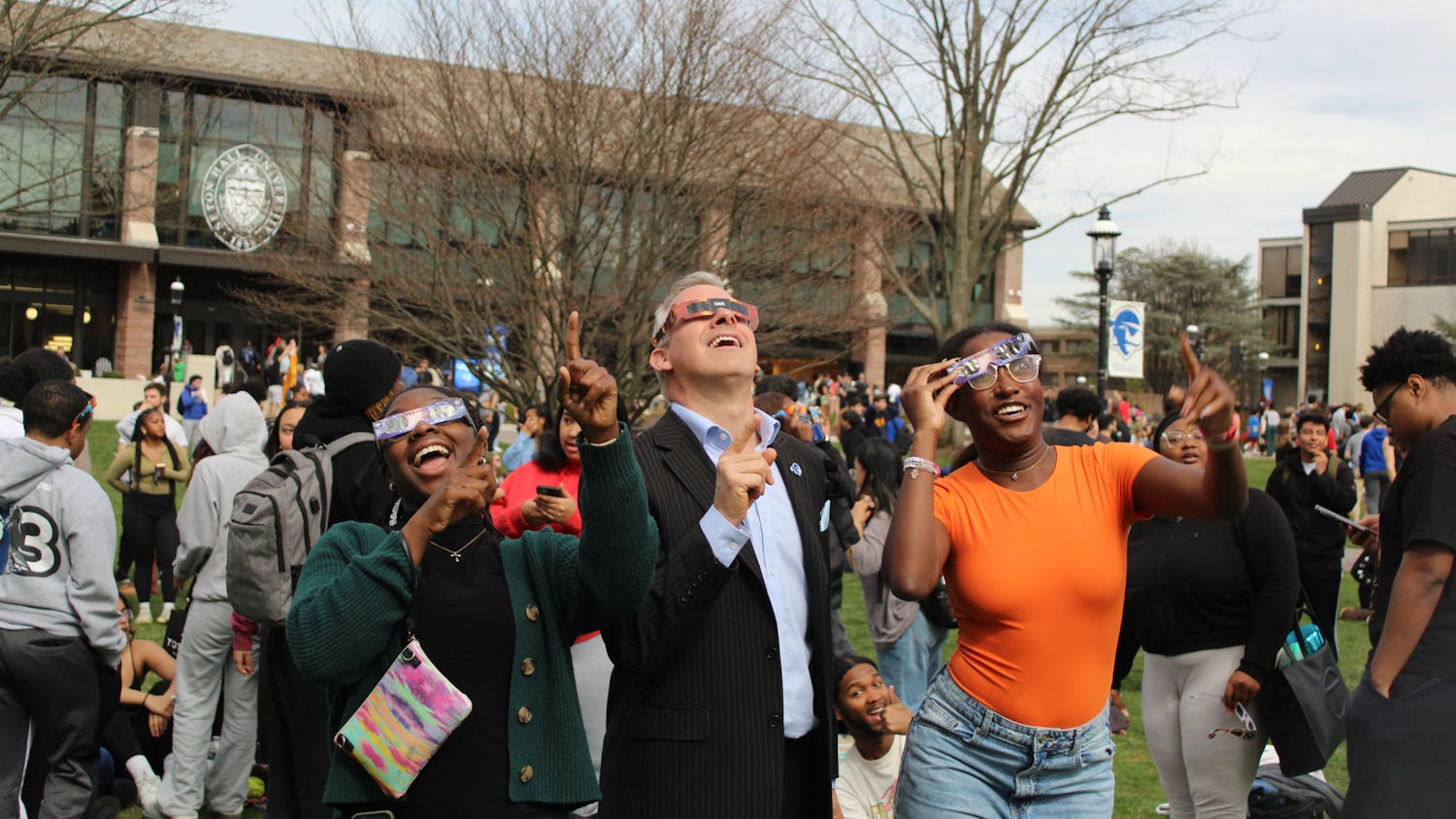From 2009 to 2010 Seton Hall's retention rates (measured by the amount of freshman who return in the fall of 2009 for their sophomore year), dipped slightly from 82 percent in the 2008-2009 school year to 80 percent in 2009-2010, according to Dr. Laura Wankel, vice president for Student Affairs,and a member of the University's retention committee.
According to Wankel, the dip was probably caused by the large economic downturn that was occurring during that time.
"We were not shocked we saw some slippage," Wankel said.
She also said access to aid was less prevalent during this time, and students had much more trouble getting private loans from banks, which were less willing to lend.
Wankel, however, said she optimistic that from 2010 to fall 2011, the retention rate will increase.
"This freshman class is strong academically, which, of course, affects the retention rate, and the financial aid that was made available to students was very positive," Wankel said.
Wankel said for Seton Hall, student retention has been a top priority for a number of years. In 2004, the University's retention committee formed a report, "Creating a Culture of Success: Retention Committee Plan."
In the report, Wankel said the committee analyzed the data of students who left the school prior to their sophomore year and identified many of the risk factors that led a student to be more likely to leave. The committee found some groups of students were more likely to leave the school than others.
For example, the committee found males were more likely to leave the school than females, commuter students were more likely to leave than resident ones, students who struggled academically were at a higher risk for leaving and students who did not have a declared major were more likely to leave than students who had declared a major, according to Wankel.
The committee then looked for ways to try and help the students who were more likely to leave Seton Hall stay for their sophomore year.
"We want to help students clarify their own goals," Wankel said.
The committee implemented the early warning system, which allows professors to alert their students and advisors when a student is failing a course. That way, Wankel said, students could take proactive measures to better their chance at succeeding, such as going for extra help or, if necessary, deciding to drop the course.
Additionally, the committee tried to create a better space for commuter students so they would feel more at home at the University. One such space is the Living Room which was renovated for that purpose.
Declare your major day was also a result of the committees report. Declare your major day allows students who do not have a declared major to go to one spot on one day and get all the necessary signatures for declaring a major. (Students can also change their major during that day).
The committee meets regularly and in 2008 issued another report, "Building a Culture of Success: University Retention Plan." According to Wankel, this report "re-orients towards specific projects." Some of the projects the committee is currently working on includes academic coaching, a pre-enrollment program for freshmen in groups that are more likely to leave the school and a sophomore student experience.
According to Wankel, the committee collects the data about student retention through questionnaires and surveys, and students who leave the school have to fill out a withdrawal form so the University can figure out what is causing the students to leave
"Both retention and graduation rates (in four-year universities) are an important concern nationally," Wankel said, adding that "we have a great deal to celebrate as an institution. We have the leadership of a new president and a new strategic plan that is likely to be approved."
According to the National Center for Higher Education Management Systems, a private nonprofit organization which works to improve strategic decisions for universities, in 2008 the average national retention rate for four-year colleges and universities was 75.5 percent.
According to Wankel, Seton Hall's retention rate is generally around 83 percent, although it has been as high as 85 percent in the 2007-2008 year, and has been as low as 78 percent in the freshmen group entering in 2001 and continuing to their sophomore year in 2002.
"(Retention) is something we continue to make a priority," Wankel said, adding that there was room for improvement.
Caitlin Carroll can be reached at Caitlin.carroll@student.shu.edu





